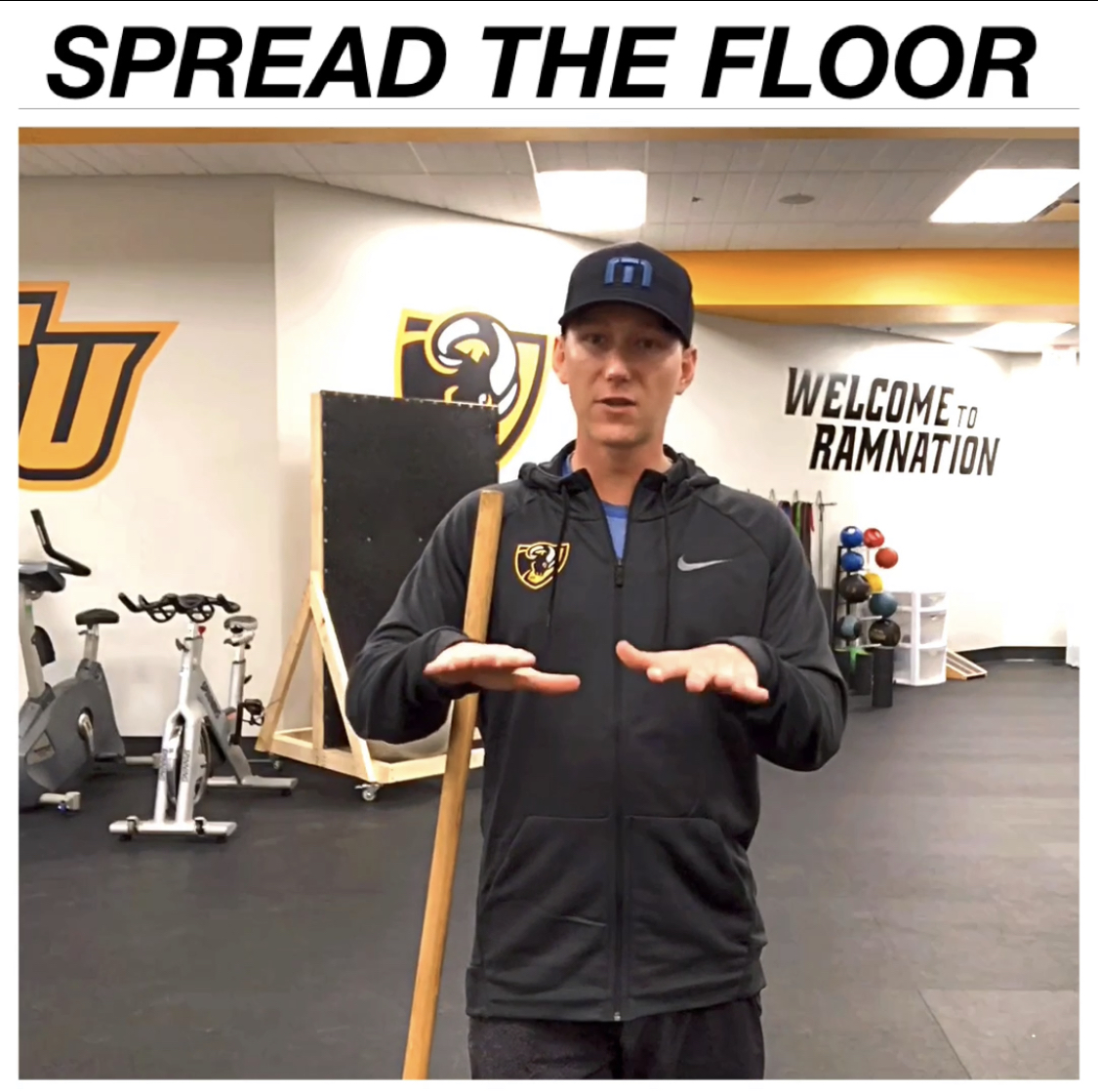Welcome to the final blog of the 3 part youth baseball player development series!
In case you missed the first 2 blog posts of this series, you can check those out below:
Today, we are going to discuss fielding. When you go to a youth baseball game, fielding is one of the weakest skills possessed by players. In this post I want to provide ideas and tools that you can use with your players immediately!
The areas I will cover are:
Fly Ball/Catching Progressions
Ground Ball Progressions
Drills for Team Practice
Lets get started.
Fly ball and Catching Progressions
Fly balls and catching the ball in general can be difficult for many kids. There is sometimes fear involved and their depth perception is not where it needs to be at first. It is really important to make it easy at first to boost confidence in the player. I am a firm believer that kids just need reps. The more times they see a ball coming at them, the better they will be at judging where they need to move their body and glove.
When starting out, stand 10-15 feet away from the player and throw the ball underhand to them. Teach them the basics of catching the ball above their waist with the palm and glove up. When the ball is below their waist, catch it with palm facing the sky. There is obviously wiggle room with this, but use this as the general principle. Progress this by distance before velocity.
For kids that can catch the ball from a short distance with ease are ready for the more advanced level. One of my favorite games to play is called fly ball mania. To start, line up 5 cones in a straight line, 20-30 feet apart. The player will start at the first cone and the coach will stand 30-45 feet away.
You will throw 10 balls to the player at each cone for a total of 50 balls. As the player moves back to each cone it should become more and more difficult. By the time they get to the last cone you should be throwing higher fly balls with a little more velocity, and maybe even have them move side to side a little bit.
Keep track of how many balls they catch at each cone. You can do 2 rounds of this in 10-15 minutes max. That’s 100 reps in a short amount of time. The key to getting better at this is to practice over and over again. Challenge the player to beat their previous score and make it fun and competitive. It is important to bring a lot of energy as a coach and to encourage them when they do well!
If they can catch the ball above 80% of the time you can start progressing to hitting the fly balls instead of throwing. You will find out quickly if they are ready for that step.
Ground ball progressions
As I am sure you have noticed, I like to progress drills from easiest to hardest (like most progressions). I think it is important to start off relatively easy because you want to build confidence and you need to know where their starting point is. When teaching ground balls, I like to start with the player on their knees. This allows them to stay down on the ball easier and focus on their hands.
Here are a couple of my fielding fundamentals:
Field the ball out in front of your body
Work the glove through the baseball
Do not use two hands when the ball is outside your body
One of the keys along with what’s above is to be aggressive! Many players are too passive and stuck on their heels. Encourage your players to go after the baseball. Making a mistake being aggressive is always better then a passive mistake.
When I talk about progressions, it gives you options based on where a player’s skill level is. What it also can do is serve as a development template. You can still perform level 1 drills even if they can do it with ease. It can serve the purpose of engraining proper mechanics for more challenging drills.
Here is an example of a fielding progression I use:
2 knee grounders
2 knee short hops
Standing short hops
Standing grounders
Fungo grounders
With each drill, start with the ball right at them and then start moving the ball to the left and right. The last two drills can also include a throw or at least set your feet to make a throw.
Infield and outfield practice ideas
One of the most common things I here is that players do not get enough reps in practice. In my opinion, there is no reason this should be the case. I am going to show you how to increase the volume in the same amount of time. If you expect your players to get better, they need to be fielding more then 10-15 balls at practice.
Team Infield Practice Ideas:
Pair players up to perform the first 3 drills in the fielding progression above
10-15 reps each drill for a total of about 45 reps in 5 minutes or less
Ground ball mania
Form lines of 3-5 players in the infield
Have a coach with a fungo for each line
Rapid fire ground balls with no throw
Infield Circuit
Put players at each position and a fungo for each play below
Round 1 (5 minutes)
GB to 3rd, throws to 1st base
GB to 2nd, flip to SS
Round 2 (5 minutes)
GB to SS, throw to 1st base
GB to 3rd, throw to 2nd base
Round 3 (5 minutes)
GB to 1st, throw to 2nd base
GB to 3rd, throw home
GB to 2nd base, toss back to fungo
The possibilities are endless for infield circuits!
Team Outfield Practice Ideas:
Football routes
Decide which direction you want the player to run and the coach will throw the ball for them to catch
Ground balls and crow hops
Roll or hit ground ball to fielder and have them work through the ball like they are going to throw it to an infielder
Fly Ball Communication
Have 2 lines of outfielders and throw or hit the ball in between them to work on who has priority and communication
Fly Balls with Fungo
3-5 players in each line and a coach hitting fly balls
Cutoff Throws
Ground balls and fly balls with a throw back to the infielder
27 Outs
This team defense game is by far my favorite. Depending on how many players you have, you will field 1-2 defensive teams, with 1 player at each position. The goal of the game is to record 27 outs (or however many you decide) without making an error. It will start like a regular game. Top of the 1st, no one out, and no one on base. From there you play it like a regular game with a coach hitting the fungo, acting like a hitter. The catch is, if you make an error you go back to the first inning. For younger levels it might be best to play it through and count how many errors were made. The next time you play, the goal would be to record fewer errors then the last game.
It is a great way to simulate a game and also to get the team fired up. There is usually a lot of energy from the players as they try to keep the errorless streak alive!
In Conclusion
There is no question that defense plays a vital role in a teams success. At the youth level the goal is to nail the basics. Don’t over complicate it and keep it fun! The players will get better just by getting a lot of reps.
I hope you have enjoyed this youth player development series! If you have any questions or would like to learn more, please reach out.
Enjoy the Process,
Jared Gaynor





























